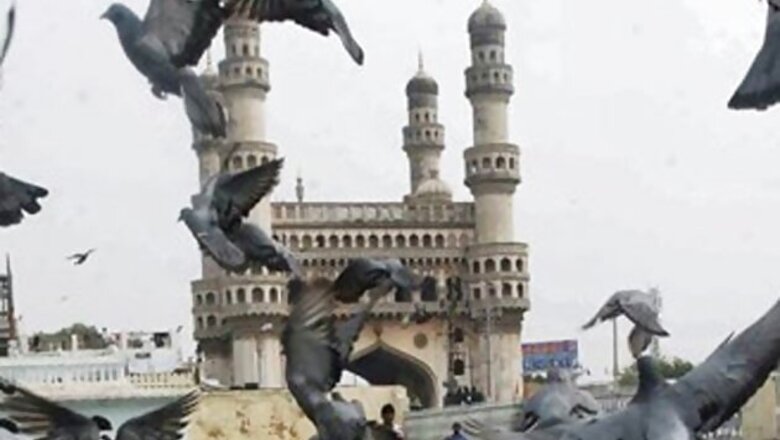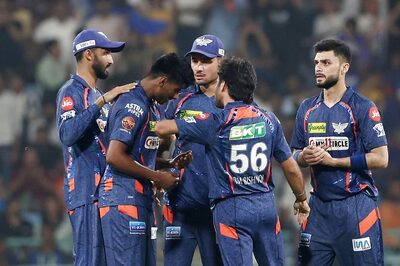
views
HYDERABAD: The Andhra Pradesh Archeological museum at the premises of the Directorate, Archaeology and Museums, Gunfoundry, is set to open by the end of March 2012.The museum which has been closed for over a year-and-a-half due to restoration activities is expected to open soon unless the department fails to achieve its target.Once opened for public in January 2009, the museum building was later closed down in November 2011.The state of Andhra Pradesh houses 24 archaeological museums which includes nine site museums.“Currently civil works at the museum here are progress ing quickly and we expect to present a brand new museum by the end of next month,” said Prof P Chenna Reddy, director of state archaeology and museums.He further added that the department intends to display antiquities including the ones from recent excavations, in a more scientific manner.Terming the museum as one-of-its-kind in the whole country, K Saibhakta Keshava, deputy director (museums), said, “Our museum has over 80 per cent of its collections exclusively from excavations from around the country and probably no such museums in India would have archaeological excavations on display.” The museum which houses antiquities from Neolithic times before 2500BC to late Vijayanagara period in 1600AD, is also well-known for its prehistoric gallery which consists of microliths as old as 2.5 lakh years.Earlier known as ‘Srisailam Pavillion’ for its collection of antiquities from Srisailam area, which were drowned for the completion of Hydro Electrical project across river Krishna.“Under the project about 110 villages including hamlets were submerged covering an extent of over one-and-a-half lakh acres spread in Kurnool and Mahabubnagar districts,” said the deputy director (museums).The ground floor of the circular building is named “Art Through the Ages”.It contains four sections — terracotta, stucco (limestone art), metal, wooden, stone and miscellaneous art forms.“Our collections of terracotta decorative art pieces date back to the Indus Valley Civilisation,” informed the deputy director (museums).The purpose of the decorative art gallery is to showcase the evolution of art over the centuries.The first floor has three galleries — Pre-historic, Megalithic and Early historic.These include stone instruments and tools used by man over different stages of history, and the changeover to the use of metal in the form of coins, ornaments and pottery.At the centre of the ground floor is kept a temple door jamb of Vijayanagara period brought from Sri Varadaraja Swamy temple, Pragatur, in Mahabubnagar district, which is one of the submerged villages of Srisailam project.The museum also has a collection of 42 temple models of those temples which could not be removed during the project at Srisailam and surrounding districts.



















Comments
0 comment